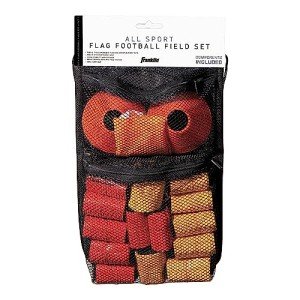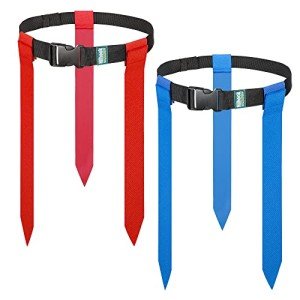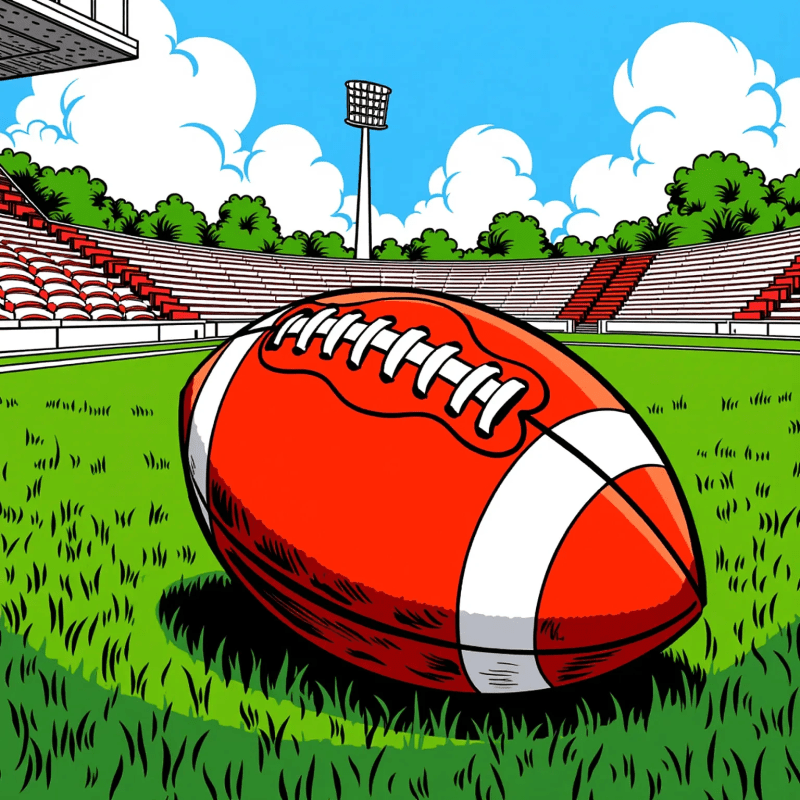Flag football is a fun, fast-paced variation of traditional football, but what does the name really mean? To start, the term “flag” refers to the colorful flags worn by players. Instead of tackling opponents like in the full-contact version, players pull these flags from the ball carrier’s waist to stop the play. This makes the game safer and accessible to people of all ages.
So, why choose flag football? Well, it’s perfect for those who want to enjoy the thrill of football without the physical strain that comes with tackling. The emphasis on speed and strategy allows players to focus on skills like passing, catching, and teamwork, all while having a blast on the field.
The concept of flag football is also deeply rooted in community and social engagement. Many leagues are available for various age groups, creating an inclusive environment. Whether you’re a seasoned athlete or a newbie, there’s always room for everyone to join in on the fun!
As the popularity of flag football rises, it’s becoming a favorite for family gatherings, school events, and friendly competitions. This way, you get to enjoy the essence of football while keeping the spirit lighthearted and enjoyable. So if you’re looking to dive into a game that combines excitement with a friendly atmosphere, flag football could be the perfect pick for you!
Origin of Flag Football Name
Have you ever wondered where the name "flag football" actually comes from? It's quite simple and makes perfect sense once you dive into the details. Unlike traditional football, where tackling is a big part of the game, flag football takes a different approach. Instead of tackling opponents to stop their advance, players pull off a flag attached to the ball carrier's waist. This fun twist is what gives the game its distinctive name!
The concept of using flags as a means to signify a player is down or "tackled" is not just a random choice. It focuses on safety and encourages more people to join in the fun, regardless of their skills or experience. With fewer risks involved, flag football allows players of all ages to enjoy the excitement of football without the harsh physical contact that can sometimes lead to injuries.
Flag football has been around since the 1940s, initially becoming popular as a way for young players to learn the fundamentals of the game without the intensity of tackling. Over the years, the game evolved, gaining traction in schools, recreational leagues, and even among adult teams. The name reflects the playful yet competitive spirit of the game, making it accessible to everyone, from kids to weekend warriors. So next time you hear "flag football," you’ll know it’s not just a catchy name; it symbolizes a unique way to enjoy football safely and inclusively!
How the Game Got Its Name
Flag football got its name from the distinctive feature that sets it apart from traditional tackle football: the use of flags to indicate a player has been "tackled." Instead of physically bringing down an opponent, players pull a flag from a belt worn around the waist of the person carrying the ball. This simple yet effective rule allows for a fun and fast-paced game while keeping safety in mind, especially for younger players.
The origins of flag football can be traced back to the mid-20th century when people started playing informal versions of the game in parks and backyards. As it gained popularity, the need for a formal name became evident. The term "flag football" quickly stuck because it highlighted the key element of the game—those colorful flags that players would pull off to stop the play.
Unlike other forms of football, where tackling can often lead to injury, flag football emphasizes teamwork, strategy, and agility. This makes it a favorite for schools and community leagues. The name not only reflects the rules but also the spirit of the game, which is all about having fun and staying active without the more physical risks involved.
With variations popping up all over the country, flag football has evolved but always keeps its core element—the flags. Whether you're playing in a casual backyard game or competing in a more organized league, the name reminds everyone that it’s all about skill and strategy, not brute force.
Importance of the Flag in the Game
In flag football, the flag holds a special place that goes beyond just being a simple piece of cloth. It’s a symbol of the game itself and plays a crucial role in how the game is played. Instead of tackling players to the ground, players pull a flag from the opposing team's belt to signal a “takedown.” This unique twist not only makes the game safer compared to traditional football but also adds an exciting layer of strategy.
The flags create a fun environment where players of all ages can compete. Kids can enjoy the thrill of the game without the fear of getting hurt. For adults, it offers a chance to showcase their skills without the intense physicality of full-contact sports. This makes flag football a great option for family-friendly gatherings, community leagues, or just a relaxed day in the park.
When you see players racing down the field, it’s not just about scoring points; it’s about quick thinking and teamwork. Every time someone pulls a flag, it changes the dynamics of the game. It’s a reminder that while flags signify the end of a play, they also symbolize sportsmanship and respect among competitors. Flag football encourages players to compete hard but play fair, making it a beloved choice for many.
So, whether you’re new to the game or a seasoned veteran, the flag is a constant reminder of what flag football is all about: fun, teamwork, and a lighter approach to the sport. It keeps everyone engaged and ensures that the experience is enjoyable for all, regardless of skill level.





